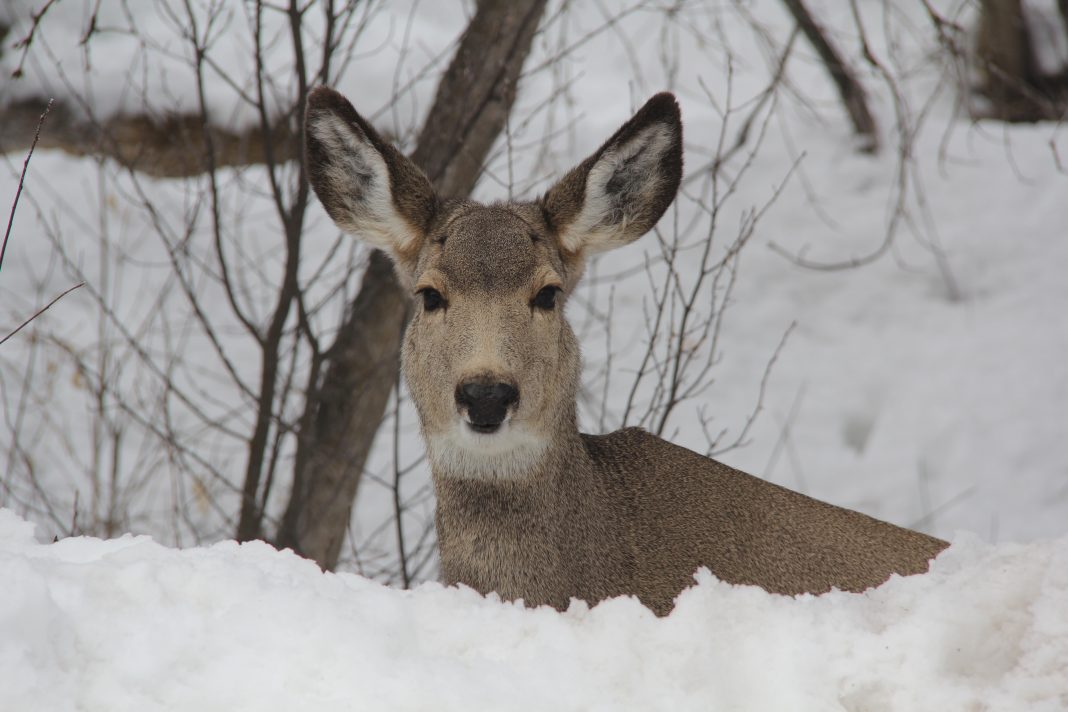The University of Wyoming has concluded its mule deer birth study this spring. The five-year-long study looked at the time of year that certain mule deer birthed their fawns. Biologists and wildlife personnel used GPS collars to monitor pregnant deer. Likewise, officials looked at fetus development throughout the pregnancies and also located and studied newborn fawns.
The Study Findings
The study found several interesting facts out about mule deer birthing in Wyoming. The researchers studied deer from all over the state. While looking at so many different deer herds within the state, researchers were able to see how different deer birth their fawns. The following section will list some of the findings that have come from the study.
- Researchers found that on average, mule deer in the western part of Wyoming drop their fawns in early June. This usually gives the fawns just enough time to prepare for the upcoming winter. However, in certain deer herds that experienced a long migration, the fetuses were carried longer and births lined up better with the completion of the migration. It was also found that most deer end their seasonal migration 23 days before giving birth. Likewise, deer that completed their migration early also gave birth early.
- The study also found that deer that didn’t have to migrate very far rarely waited for optimal green up before dropping their fawns.
- Researchers have stated that the study has changed the way they have viewed typical deer birthing time and now see that many more factors come into play than the previously thought “conditions at the birth site means everything.”
“Thus, movement tactic had profound downstream effects on birth timing. These findings highlight a need to reconsider classical theory on optimal birth timing, which has focused solely on conditions at the birth site.” – The researchers wrote in the Journal Ecology
As hunters, we should all be interested in how animals interact with the environment. Studies like this will help us better understand how we can help conserve the animals that we love.
So, what are your thoughts on this mule deer birthing study? Have you ever helped in studies or conservation efforts? Let us know in the comments!















